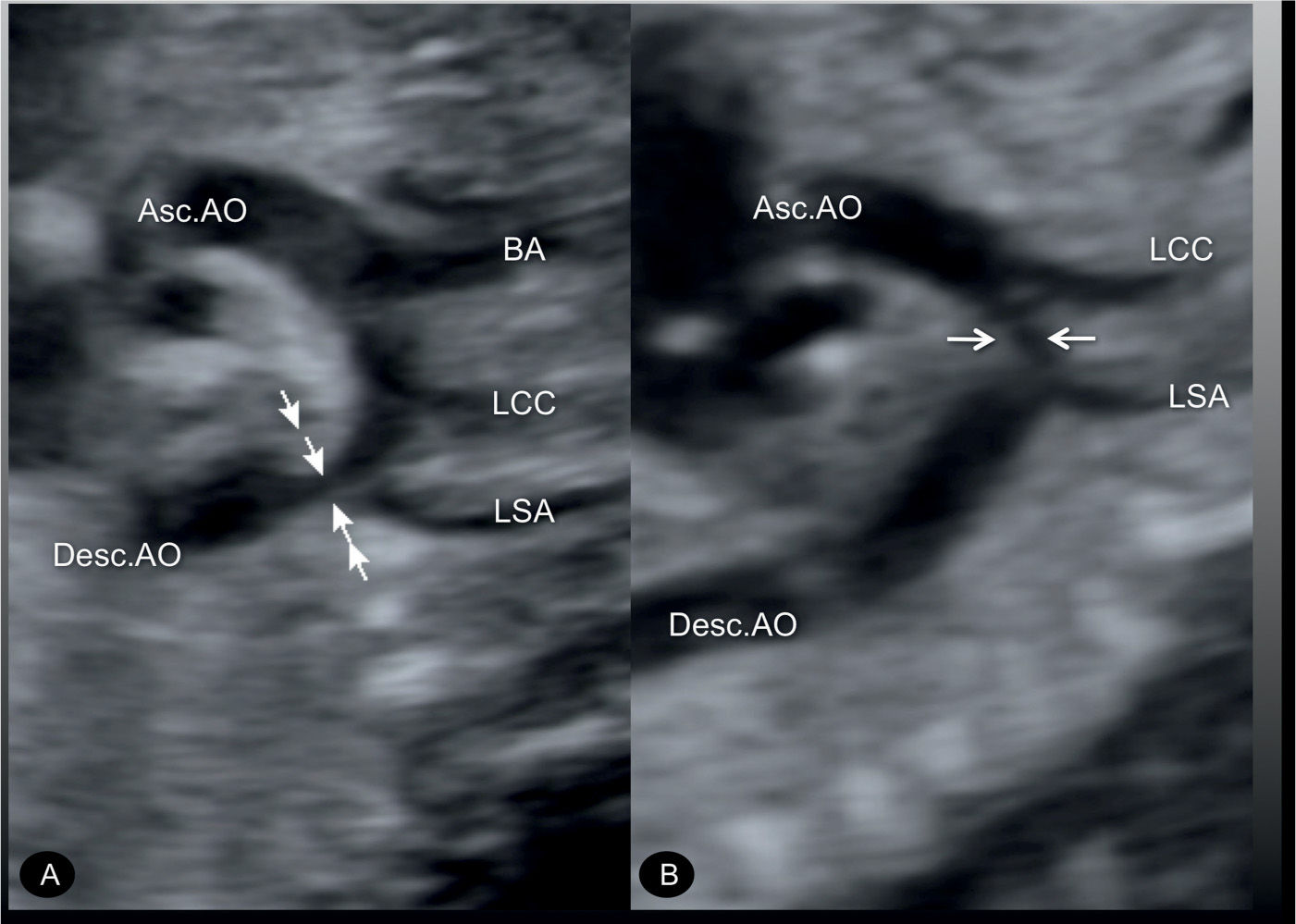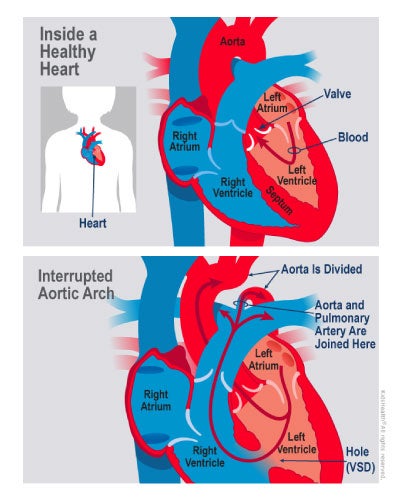

GATA-6 regulates semaphorin 3C and is required in cardiac neural crest for cardiovascular morphogenesis. Lepore JJ, Mericko PA, Cheng L, Lu MM, Morrisey EE, Parmacek MS. Dicer activity in neural crest cells is essential for craniofacial organogenesis and pharyngeal arch artery morphogenesis. Loss of microRNAs in neural crest leads to cardiovascular syndromes resembling human congenital heart defects. Murine Jagged1/Notch signaling in the second heart field orchestrates Fgf8 expression and tissue-tissue interactions during outflow tract development. A Tbx1-Six1/Eya1-Fgf8 genetic pathway controls mammalian cardiovascular and craniofacial morphogenesis. Micro-MRI phenotyping of a novel double-knockout mouse model of congenital heart disease. Myocardin-related transcription factor B is required in cardiac neural crest for smooth muscle differentiation and cardiovascular development. Long form of latent TGF-beta binding protein 1 (Ltbp1L) is essential for cardiac outflow tract septation and remodeling. Todorovic V, Frendewey D, Gutstein DE, et al.

Cardiovascular defects in a mouse model of HOXA1 syndrome. Role of Endothelin-1/Endothelin-A receptor-mediated signaling pathway in the aortic arch patterning in mice. Yanagisawa H, Hammer RE, Richardson JA, Williams SC, Clouthier DE, Yanagisawa M. PlexinD1 and semaphorin signaling are required in endothelial cells for cardiovasculardevelopment. Targeted disruption of semaphorin 3C leads to persistent truncus arteriosus and aortic arch interruption.

TBX1 is responsible for cardiovascular defects in velo-cardio-facial/DiGeorge syndrome.

Tbx1 haploinsufficieny in the DiGeorge syndrome region causes aortic arch defects in mice. DiGeorge syndrome phenotype in mice mutant for the T-box gene, Tbx1. Roles for the winged helix transcription factors MF1 and MFH1 in cardiovascular development revealed by nonallelic noncomplementation of null alleles. Essential roles of the winged helix transcription factor MFH-1 in aortic arch patterning and skeletogenesis. Mesodermal expression of Tbx1 is necessary and sufficient for pharyngeal arch and cardiac outflow tract development. Inactivation of Tbx1 in the pharyngeal endoderm results in 22q11DS malformations. Isolated right subclavian artery, interrupted aortic arch, and ventricular septal defect. Morphology of the ventricular septal defect in two types of interrupted aortic arch. Deletion 22q11 in patients with interrupted aortic arch. Frequency of 22q11 deletions in patients with conotruncal defects. Goldmuntz E, Clark BJ, Mitchell LE, et al. Selective management strategy of interrupted aortic arch mitigates left ventricular outflow tract obstruction risk. 4(5):235-45.Īlsoufi B, Schlosser B, McCracken C, et al. More clinical overlap between 22q11.2 deletion syndrome and CHARGE syndrome than often anticipated. 6(3):248-54.Ĭorsten-Janssen N, Saitta SC, Hoefsloot LH, et al. The cardiac phenotype in patients with a CHD7 mutation. 43(4):306-14.Ĭorsten-Janssen N, Kerstjens-Frederikse WS, du Marchie Sarvaas GJ, et al. CHARGE syndrome: the phenotypic spectrum of mutations in the CHD7 gene. Jongmans MC, Admiraal RJ, van der Donk KP, et al. Aortic atresia with interrupted aortic arch: reparative operation. Aortic atresia, interrupted aortic arch type C perfused by bilateral arterial duct. Interrupted aortic arch and aortic atresia with circle of Willis-dependent coronary perfusion. Aortic atresia and type B interrupted aortic arch: diagnosis by physiologic cerebral monitoring. 94(3):273-83.ĭibardino DJ, Heinle JS, Andropoulos DA, Kerr CD, Morales DL, Fraser CD Jr. Development gone awry: congenital heart disease.


 0 kommentar(er)
0 kommentar(er)
